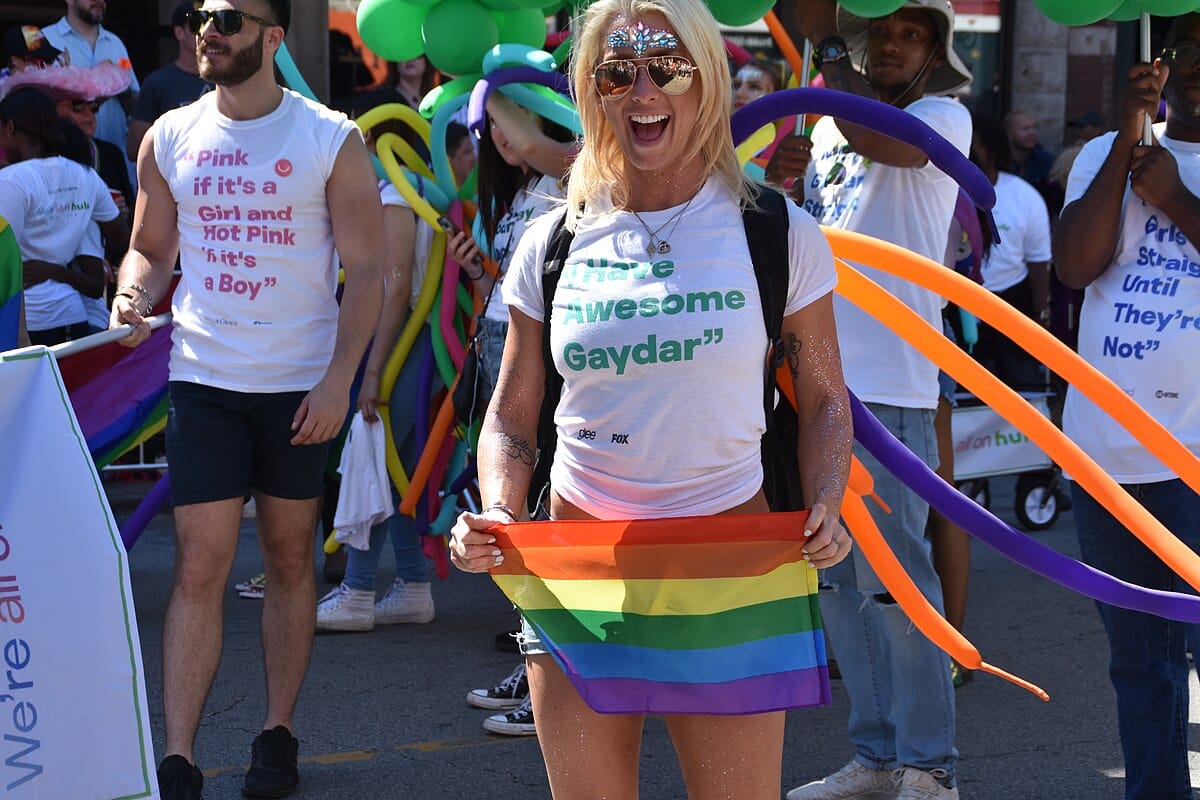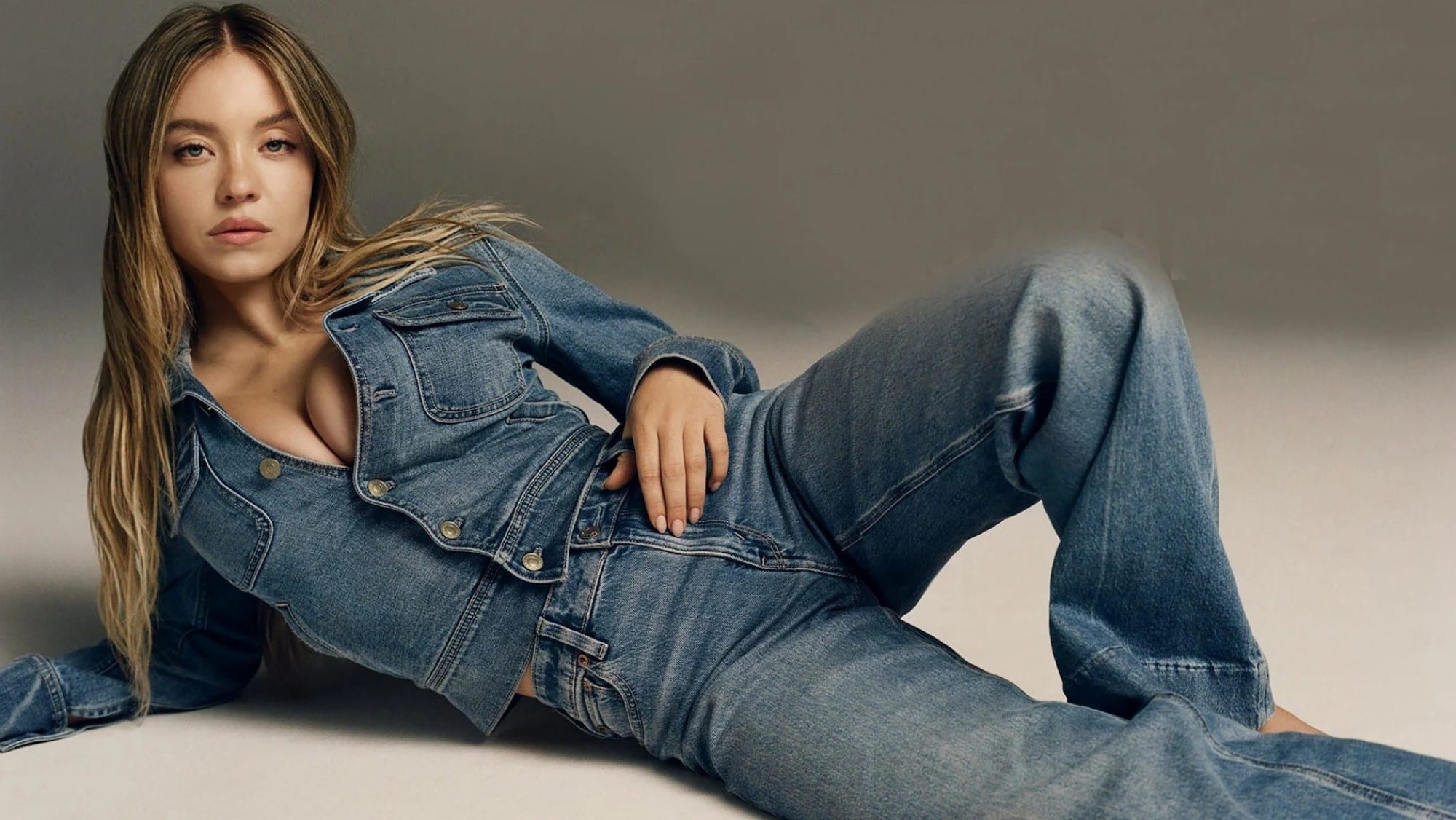I recently attended a talk titled ‘Streeshakti’ at the Jaipur Literature Festival. One of the speakers Lata Sharma, a Rajasthani writer, poet and critic, whilst giving examples of the corsets of the Victorian Era and the practice of wearing Lotus shoes (foot binding) in China asked a very simple yet thought-provoking question,
“?????? ????? ???? ??? ???????? ?? ?? ????????? ???” (Who likes it? Those who wear or those you look?)
The extremely tight corset, whose sole purpose was to reduce the waist and thereby exaggerating the bust and the hips, was made to cater the hour-glass figure standard. Similarly, girls were made to wear Lotus shoes from a young age as small feet are considered attractive in Chinese culture. The whole point of such attires was to look attractive and sexually appealing. But to whom?
This innocent question made me reflect on my body, attire and sexuality. Even after embracing feminism, I must admit, I still haven’t been able to come out of this charkravyuh (labyrinth). A lot of women in the seminar hall too responded in the affirmative.
If we take a moment and slowly think of each and every part of a woman’s body, not a single one has been spared by the beauty industry in order to appeal to the other sex. The habit of over sexing female body parts zooming in on the ‘sexualised’ parts only from the perspective of a cis-gendered heterosexual man is termed as ‘Male Gaze’ and was discussed by Laura Mulvey in her essay, “Visual Pleasure and Narrative Cinema (1975)”.
Mulvey states that in visual culture women are usually the objects and not the possessors of the gaze because of the control of the camera and to cater to the taste of a default target audience. Although Mulvey’s theory was primarily used to analyse films, the term can be applied to other kinds of media in the popular culture and to critique advertisements, television and the fine arts.
In advertising, especially in the beauty industry, a woman is not just an object of gaze but also the product, i.e. what is been sold and what should be bought. “The message though was always the same: buy the product, get the girl; or buy the product to get to be like the girl so you can get your man” in other words, “‘Buy’ the image, ‘get’ the woman” (Wykes, p. 41). In this way, women are encouraged to view themselves as the woman in the advertisement and/or buy the product in order to become like the model.
A great example of the male gaze in advertising would be the “Axe Effect” advertisements. The so-called effect is supposed to draw hordes of women to a man who has sprayed the Axe deodorant. The women here are portrayed as cattle with no mind of their own and their sexual desires are only activated when the said deodorant is sprayed. Their appearance too is decided by the male preference: thin, yet with big breasts and only wearing a bikini. They fight with each other, push their counterparts down and leash at that one man, who is portrayed as the epitome of women’s desires.
https://www.youtube.com/watch?v=I9tWZB7OUSU
“A woman’s confidence comes from within and how she sees herself. Getting that perfect figure is every woman’s dream and this Nature’s essence Breast Enlargement oil helps you attain the right body without any side effects.”
The above is a description of breast enlargement oil being sold at India’s one of the most popular e-retailing sites. The oil claims to be ayurvedic and without any side-effects. It also assumes that most women have sagging breasts because they do not wear the right kind of bra. Hence, this oil helps keep the breasts firm and ensures they don’t sag prematurely.
We have been told by everyone around us, be it magazines, media, friends that bigger is better. Bigger breasts, bigger hips, bigger penis, bigger what-not! But when it comes to sex, size does not matter, it is the technique. And no matter how many oils, creams ones uses, breast size cannot be increased except by surgical means. They may change during pregnancy and the lactation period and will change with age.
Another example of how beauty products are tweaked to the likes of not the user but one who will look at it or derive pleasure from it are genital whitening and cleansing creams. Clean and Dry Intimate Wash, a feminine hygiene product was recently launched in India which not only promises to keep your genitals clean, dry and fresh but also claims to whiten the skin around your vagina.
Again, who exactly wants the female genitals fair and fresh? Do we really need creams and so-called hygiene products to clean our private parts? The female genitalia may differ in sixe, shape and colour from women to women. To keep the vulva clean, one only needs to wash with water. The vagina has a self-cleaning system consisting of friendly bacteria and too much use of soap, creams, shampoo etc. will literally wash these bacteria out.
Not surprisingly, no such advertisements or beauty products are launched to ‘beautify’ the male genitalia. After all, women too like things pretty and fancy. But the male gaze doesn’t take that into consideration. However, for our respite, a hilarious parody was made for whitening the testicles called gore gote. They show you how Gore Gote Testicular Fairness Cream can improve your life and give you some shiny disco balls to boot. Enjoy!
References
1. FAQ: What is the “male gaze”? Web. 20.02.2015.
2. Geek Feminism: Male Gaze. Web. 20.02.2015.
3. Laura Mulvey, 1975. Visual Pleasure and Narrative Cinema. Screen 16 (3): 6-18.
4. TARSHI, 2013. The Blue Book. TARSHI and Young Zubaan, New Delhi.
Disclaimer: This article was written for TARSHI‘s eMagazine In Plainspeak for their March issue themed ‘Women and Sexuality‘, it was originally published here.
About the author(s)
Japleen smashes the patriarchy for a living! She is the founder-CEO of Feminism in India, an award-winning digital, bilingual, intersectional feminist media platform. She is also an Acumen Fellow, a TEDx speaker and a UN World Summit Young Innovator. Japleen likes to garden, travel, swim and cycle.



